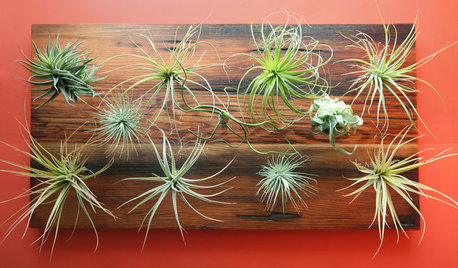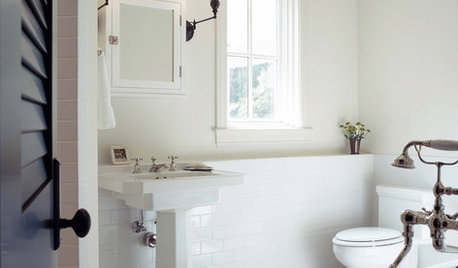Water repelled by soil/dirt
noobgardener2010
12 years ago
Featured Answer
Sort by:Oldest
Comments (34)
taz6122
12 years agonoobgardener2010
12 years agoRelated Professionals
Manorville Landscape Architects & Landscape Designers · Salisbury Landscape Architects & Landscape Designers · Avocado Heights Landscape Contractors · Coram Landscape Contractors · Fort Mill Landscape Contractors · Paterson Landscape Contractors · Rochester Landscape Contractors · Salem Landscape Contractors · York Landscape Contractors · Four Corners Landscape Contractors · Oxon Hill Landscape Contractors · Suisun City Landscape Contractors · Del Aire Decks, Patios & Outdoor Enclosures · Hot Springs Village Decks, Patios & Outdoor Enclosures · Montgomery County Decks, Patios & Outdoor Enclosureskqcrna
12 years agoKimmsr
12 years agoceth_k
12 years agozuni
12 years agonoobgardener2010
12 years agokqcrna
12 years agoKimmsr
12 years agokqcrna
12 years agosocalgal_gw Zone USDA 10b Sunset 24
12 years agojolj
12 years agodottyinduncan
12 years agojolj
12 years agoKimmsr
12 years agokqcrna
12 years agodchall_san_antonio
12 years agojolj
12 years agodottyinduncan
12 years agodchall_san_antonio
12 years agonoobgardener2010
12 years agodchall_san_antonio
12 years agonoobgardener2010
12 years agojolj
12 years agojolj
12 years agonoobgardener2010
12 years agokqcrna
12 years agojolj
12 years agoJoey1987
12 years agolazy_gardens
7 years agotoxcrusadr
7 years agolast modified: 7 years agojolj
7 years agotoxcrusadr
7 years ago
Related Stories

GARDENING GUIDESGet the Dirt on Your Garden’s Soil
Understand how your soil supports your plants so you can ensure your garden’s success
Full Story
CONTAINER GARDENSContainer Gardening Basics: The Dirt on Soil
Learn the types of potting soil available and the best mixes to help your containers thrive
Full Story
GARDENING GUIDES10 Solutions for Soggy Soil
If a too-wet garden is raining on your parade, try these water-loving plants and other ideas for handling all of that H2O
Full Story
FARM YOUR YARDHow to Get Good Soil for Your Edible Garden
The nutrients in your soil feed the plants that feed you. Here are tips on getting it right — just in time for planting season
Full Story
GARDENING GUIDESGardening Solutions for Heavy Clay Soils
What’s a gardener to do with soil that’s easily compacted and has poor drainage? Find out here
Full Story
GARDENING GUIDESHow to Stop Worrying and Start Loving Clay Soil
Clay has many more benefits than you might imagine
Full Story
GARDENING GUIDESHow to Pick a Mulch — and Why Your Soil Wants It
There's more to topdressing than shredded wood. Learn about mulch types, costs and design considerations here
Full Story
GARDENING GUIDESHouzz TV: Make a Worm Bin for Rich Soil and Happy Plants
A worm-powered compost bin that can fit under a sink turns food scraps into a powerful amendment for your garden. Here’s how to make one
Full Story
URBAN GARDENSDirt Optional: Amazing Air Plants for Wall or Tree
Succulents and air plants are stunning on winter walls — and the Christmas tree
Full Story
BATHROOM DESIGNSubway Tile Wainscoting Puts Bathrooms on the Right Track
It repels water. It looks clean. It works with many architectural styles. Looks like bathrooms have a ticket to a no-brainer
Full Story






lazy_gardens